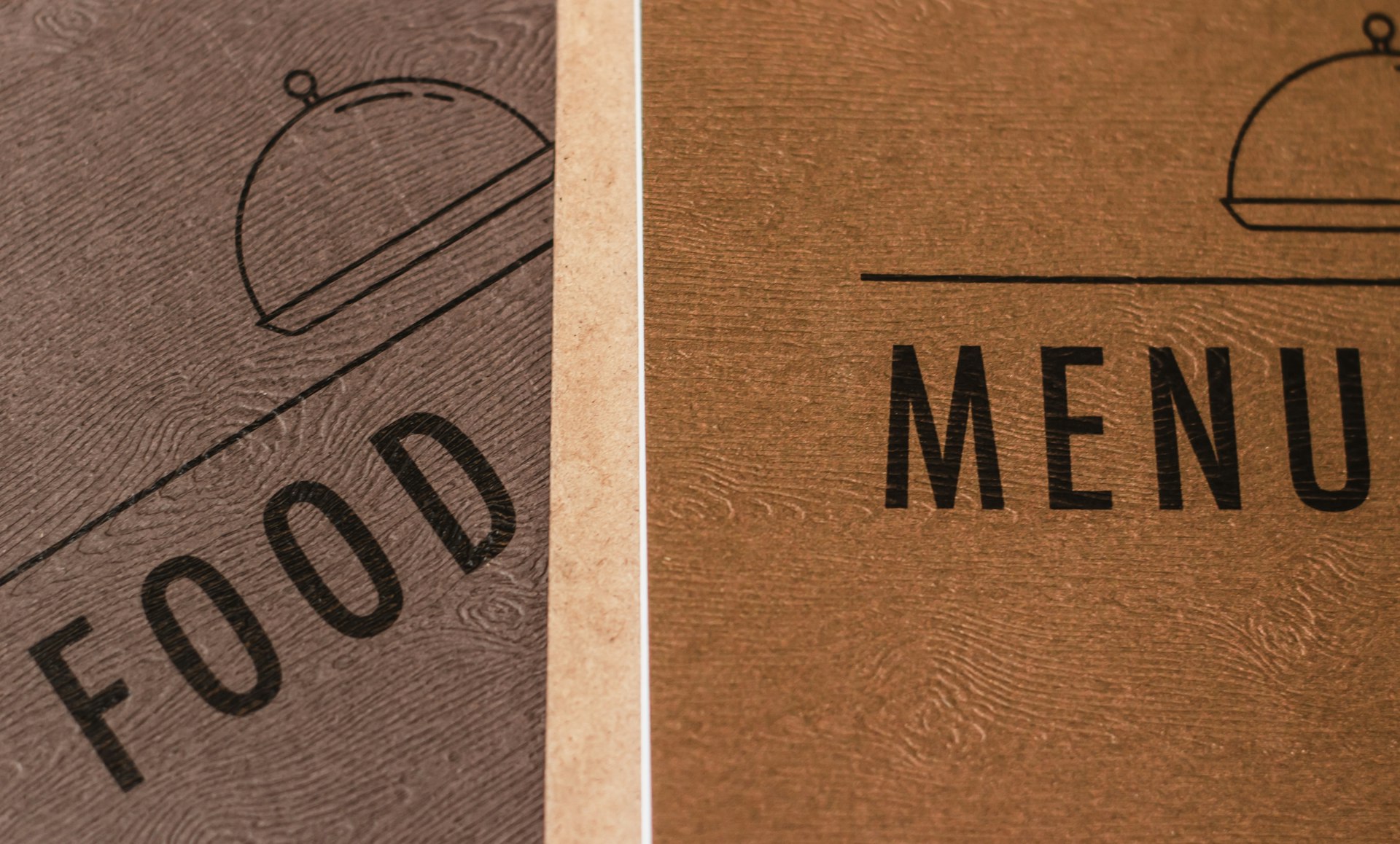Rediscovering Ancient Fruit-Preserving Methods: Timeless Techniques for Modern Kitchens

Photo by Kamala Bright on Unsplash
Introduction: The Legacy of Fruit Preservation
For thousands of years, humans have sought ways to extend the life of their harvests, ensuring survival and comfort during times of scarcity. Ancient fruit-preserving methods, such as drying, fermenting, and sugaring, not only made food safer and more palatable but also laid the groundwork for traditions we still cherish today. These techniques remain relevant for modern home cooks and anyone interested in sustainable, hands-on food preparation. This article explores the origins, science, and step-by-step processes behind these enduring methods, offering practical guidance for those eager to bring history into their kitchens.
Sun and Air Drying: Nature’s Oldest Preserving Technique
The most ancient method of fruit preservation is drying, which dates back as far as 12,000 B.C. in the Middle East. Early societies used the power of the sun and wind to remove moisture from fruits like apricots, dates, and figs. By reducing water content, they inhibited the growth of spoilage-causing microorganisms, allowing fruits to be stored for months without refrigeration. In cooler climates or during less sunny seasons, fires were used to gently smoke or dehydrate fruits indoors [2] .
How to Dry Fruit at Home:
- Selection: Choose ripe, unblemished fruit. Wash thoroughly and remove pits or cores as needed.
- Preparation: Slice fruit evenly to ensure consistent drying. Some fruits benefit from blanching or dipping in lemon juice to prevent browning.
- Drying: Arrange slices on a clean surface or rack. For sun drying, place under direct sunlight with a mesh cover to keep insects away. Turn pieces regularly. For oven or dehydrator drying, use the lowest setting (typically 120-140°F/50-60°C) and check frequently.
- Storage: Once fully dry (pliable but not sticky), pack fruit in airtight containers and store in a cool, dark place.
This method is ideal for preserving a wide variety of fruits. Home drying requires patience and careful monitoring of weather and humidity, but yields results free from additives or preservatives [2] .
Sugaring and Honeying: Sweet Solutions from Antiquity
Before the widespread availability of refined sugar, ancient civilizations relied on honey as a natural preservative. The Greeks preserved quince by mixing it with honey, partially drying it, and storing it tightly packed in jars. The Romans advanced this by cooking fruit and honey together, resulting in a solid, candied product. Once sugar became available, it replaced honey in many regions, giving rise to jams, jellies, and candied fruits [1] , [3] , [5] .
The Science Behind Sugaring: Sugar (and honey) preserves fruit by drawing water out of microbial cells through osmosis, creating an environment hostile to spoilage organisms. This process ensures fruit remains edible and flavorful for extended periods [4] .
How to Make Ancient-Style Jam or Candied Fruit:
- Ingredients: Select fruit, honey or sugar, and optional lemon juice (for acidity and flavor).
- Preparation: Chop fruit into small pieces. For jam, combine fruit and sweetener in a saucepan. For candied fruit, consider blanching firmer fruits first.
- Cooking: For jam, simmer fruit and sweetener gently, stirring often, until thickened and gelled. For candied fruit, cook in syrup until translucent, then allow to cool and dry.
- Storage: Pour jam into sterilized jars and seal. For candied fruit, store in airtight containers with a dusting of sugar to prevent sticking.
These methods are adaptable to a wide range of fruits and allow for creative flavor combinations. Modern recipes often reduce sugar for taste, but the traditional high-sugar ratio is critical for preservation.
Fermentation: Harnessing Microbes for Nutrition and Flavor
Fermentation is one of the oldest forms of food preservation, discovered by accident and refined over millennia. Ancient peoples observed that naturally occurring microorganisms could transform fruit sugars into alcohol or acids, inhibiting spoilage. Fermented fruit products include traditional wines, ciders, and vinegars, as well as pickled and cultured fruits in various global cuisines [5] .
How to Ferment Fruit at Home:
- Ingredients: Choose ripe fruit, water, and a starter (such as wild yeast, whey, or a commercial starter culture). Optional: spices or additional sugar.
- Preparation: Clean fruit thoroughly. Cut into pieces if necessary, and submerge in a brine or syrup solution in a sterilized jar.
- Fermentation: Cover the jar with a breathable cloth or fermentation lid. Allow to ferment at room temperature, checking daily for signs of bubbling or aroma. The process can take several days to weeks, depending on temperature and desired flavor.
- Storage: Once fermented to taste, seal the jar and refrigerate or move to a cool cellar for long-term storage.
Fermented fruits develop complex flavors and enhanced nutritional value due to beneficial microbes. Beginners should research safe fermentation practices and monitor for mold or off-odors.

Photo by Powell Rasull on Unsplash
Alternative Ancient Methods: Freezing and Curing
Other ancient methods include freezing-used in regions with cold winters-and curing with salt or sugar. Early societies in cold climates would store fruits in ice cellars or natural caves, taking advantage of low temperatures to slow spoilage. Curing, more commonly applied to meats, was sometimes used with fruits, especially when combined with other techniques like drying or sugaring [4] , [5] .
Implementing These Methods Today: While modern freezers have replaced traditional icehouses, the principles remain unchanged. For curing, fruits are heavily coated in salt or sugar and left to dehydrate, sometimes with added spices for flavor. These techniques are best suited for experimental or small-batch projects, given modern options for food safety and storage.
Challenges, Safety, and Modern Alternatives
Ancient preservation methods require attention to detail and food safety. Risks include spoilage, contamination, and the growth of harmful bacteria if conditions are not properly controlled. It is essential to:
- Use clean, sterilized equipment and containers.
- Monitor temperature and humidity closely, especially for drying and fermenting.
- Store preserved fruits in cool, dark environments to extend shelf life.
For those new to these techniques, it is advisable to consult reputable food preservation guides, such as those provided by the National Center for Home Food Preservation. You can find up-to-date, research-based safety information by searching for ‘National Center for Home Food Preservation’ or contacting your local agricultural extension office.
Conclusion: The Enduring Value of Ancient Methods
Ancient fruit-preserving methods offer more than just a way to extend the shelf life of seasonal bounty-they provide a tangible connection to our ancestors’ ingenuity and resourcefulness. Whether sun-drying apricots, fermenting wild berries, or simmering jams with honey, these techniques allow us to savor the flavors of the past while embracing a more sustainable, hands-on approach to food. By following the guidance outlined above and practicing careful food safety, anyone can experience the satisfaction of preserving fruit using time-tested methods.
References
- [1] Lazaya Fruits (2017). Origin of candied fruits and fruit jam and its history.
- [2] UBC Blogs (n.d.). History : Home canning, drying and preserving.
- [3] Freshways (2021). A History of Jam and Preserves.
- [4] Wikipedia (n.d.). Food Preservation.
- [5] National Center for Home Food Preservation (n.d.). Historical Origins of Food Preservation.



